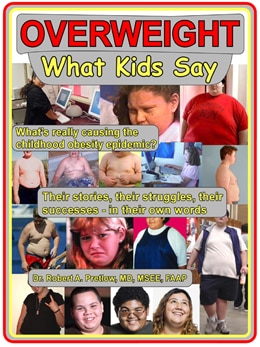
As previously suggested, the ED Support Forum and other websites of its kind might constitute either a blessing or a curse. We reviewed a few of the various suggestions offered to eating disorder sufferers involved with refeeding, and worse yet, with refeeding syndrome. That condition may lead to consequences as severe as seizures.
One young woman reported in a post that she had suffered three of them, but told no one “because then they would find out about my ED, lol.” Laugh out loud, indeed. A paranoid mind might suspect that the forum exists, literally, to support eating disorders themselves, rather than the overcoming of them.
The contradictions and restrictions involved in maintaining binge eating disorder are exhausting. Keeping up with all the rules is like a full-time job, and the prospect of suffering the equally self-imposed penalties is dreaded.
A phrase seems to turn up frequently in the forum questions and answers about the hellscape known as disordered eating: “Why am I not dead yet” — without a question mark, which seems to remove it from the realm of the ordinary interrogatory. Put that way, the tone is not questioning, but resigned. Seemingly, the only thing a victim hates more than the eating disorder is the prospect of release from it.
That lying mirror
A peculiarity of pathologically emaciated individuals is the inability to actually see themselves in mirrors, photos, or the flesh. To themselves, they look repulsively fat, always. A forum participant known as Hiraeth_, a bulimia patient who accumulated more than 5,000 posts on the site, reminisced about the time when she had made herself so ill the question was legitimate — “Why am I not dead yet?” In one post, she named her ultimate goal as “being so […] thin that even I can see it.”
To maintain her “ideal” weight of 50 kilograms (110 pounds) she binged and purged almost every day, and took laxatives multiple times per day. A court ordered her into a hospital, where despite observation and strict rules, she still managed somehow to almost kill herself. That episode was followed by a year of being “in and out of hospital so many times I lost count, literally.” She writes,
After that horrible year, it surprisingly went better. I didn’t get hospitalized for 14 months. Until last week, lol. I hope this rollercoaster won’t start over again. Because this time, I bet I can’t be saved.
The gender factor
For whatever reasons, few eating disorder studies include males, but, surprise!
Despite the stereotype that eating disorders only occur in women, about one in three people struggling with an eating disorder is male, and subclinical disordered eating behaviors (including binge eating, purging, laxative abuse, and fasting for weight loss) are nearly as common among men as they are among women.
One might think that this refers to gay men, but one would be mistaken. Despite the shortage of reliable and wide-ranging statistics, it is suspected that males binge almost as often as females, although females are more likely to purge. Furthermore, it appears that women are more likely to purge in reaction to “normal” consumption patterns, and in the absence of binge eating.
Back to the ED Support Forum, one individual reported that she or he had been binging and purging for nearly five years, yet their blood work remained “completely normal,” which is “a bummer” because “I’m kinda hoping this kills me but it might take longer than I intended.”
The whole mess raises philosophical questions that can probably not be answered, such as: What does this have to do with the worldwide epidemic of childhood obesity? In a sense, it is almost as if the BP (binge and purge) people are some strange order of penitents doomed to suffer their ailment to compensate for all the planet-smothering obesity.
Like religious zealots who parade through the streets flogging themselves with whips, it is their destiny to take upon themselves the world’s sins of overindulgence, and somehow restore balance to the cosmic order. The one thing they cannot abide is the sin of obesity.
Your responses and feedback are welcome!
Source: “Search results for query: refeeding,” EDSupportForum.com, 2023
Source: “Bulimia Discussions,” EDSupportForum.com, June 2016
Source: “Eating Disorders in Men and Boys,” NationalEatingDisorders.org, undated
Source: “Bulimia Discussions,” EDSupportForum.com, 2016
Image by Gareth Williams/Attribution 2.0 Generic

 FAQs and Media Requests:
FAQs and Media Requests: 











